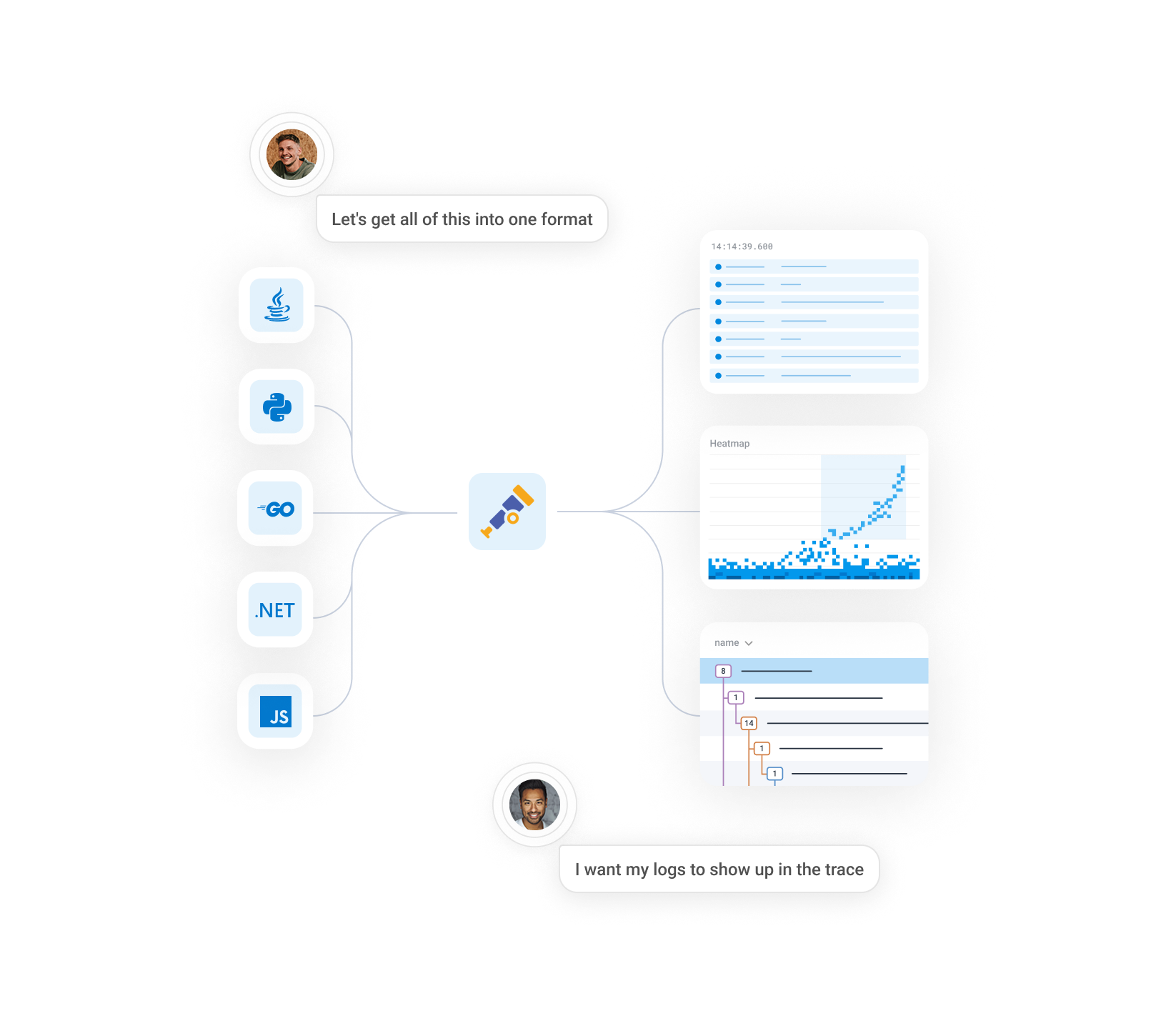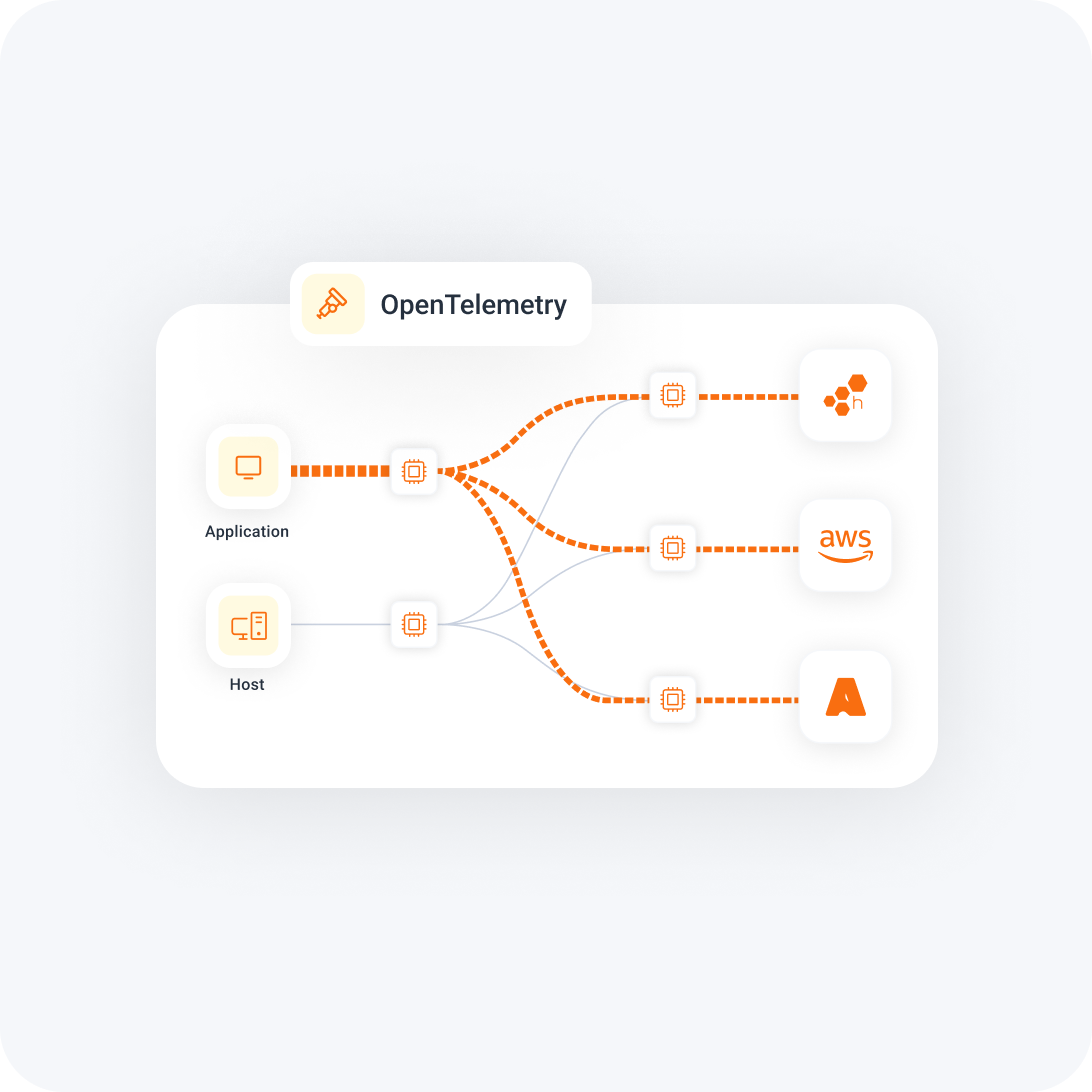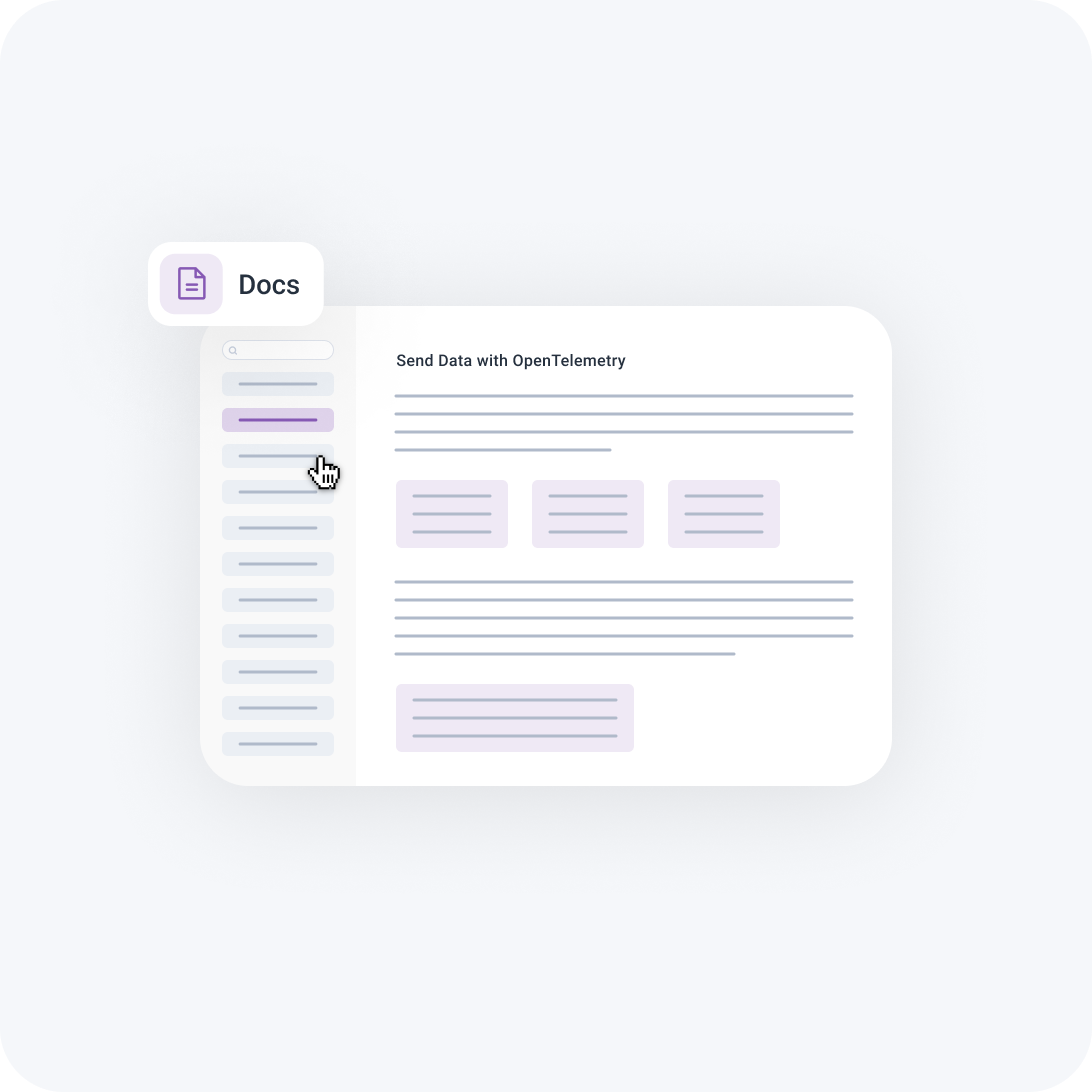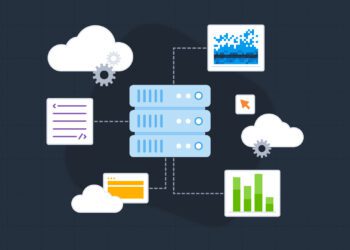
Honeycomb's native support for OpenTelemetry was compelling to us. Implementing OpenTelemetry standards was a huge motivator for selecting Honeycomb as it aligned well with our involvement in open source communities.
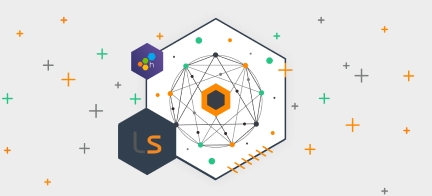
With Honeycomb and OpenTelemetry, I can add a region attribute to the telemetry data, which allows us to focus on specific areas—whether it’s the U.S. or Europe. This kind of dimensionality makes multi-region management so much easier, streamlining our operations and ensuring we can maintain performance standards across all locations.

We realized with at least 30 key microservices running, we needed to transition to a world where tracing became a tangible concept. Transactions were increasingly complex, demanding a deeper understanding of their flow through the system. We started our journey with OpenTelemetry and then sought out the best-suited observability solution.


